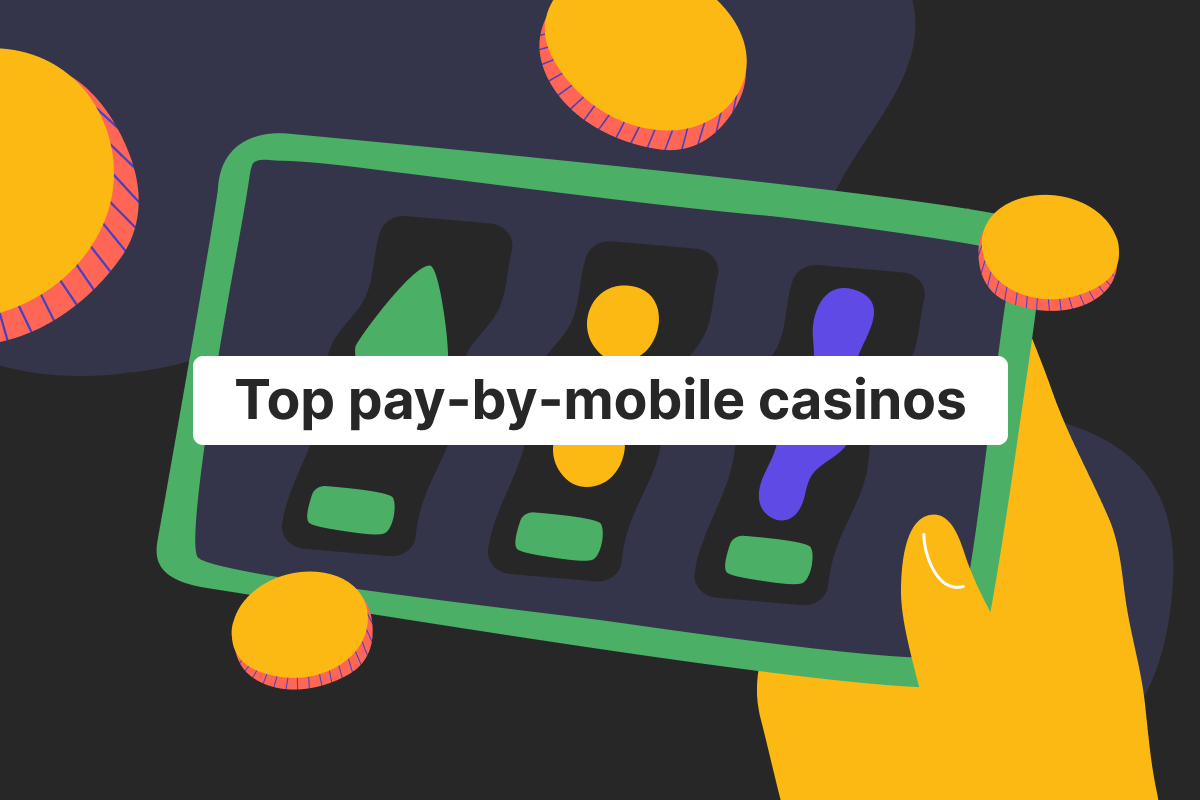Genome Blog / articles / How to transfer money to someone else’s bank account?
Jun. 29, 2021
Making transfers has never been easier and, what’s more, this process is getting more and more simplified each year.
However, with so many options of financial services providers, it’s getting more and more confusing to decide what features you really need for your banking. Having a few mobile banking apps on your smartphone is handy, but which one is the most convenient and cheapest to send money anyways? How to transfer money from one bank to another? In this Genome article, we’re talking about all possible ways to wire funds to other bank accounts so that you can pick the best one for you.
Ways to send money to someone else’s bank account
All the methods of sending funds may be baffling for those not deeply involved in the financial sphere. Moreover, the merging of finances and modern technologies during the past decade has opened even more doors and created new opportunities for diversifying financial operations. Nevertheless, you’re still looking for cheap, easy-to-use, and user-friendly financial providers. Even such a common financial operation as sending money to someone else’s bank account can be complicated.
But don’t panic, because we know what you need. In this blog post, we’re analyzing 5 different ways to wire your money. Now, let’s have a look at how exactly you can move funds to another bank account and what is needed for this.
1 way: Wire transfers
This is probably one of the first known ways to send money. Nowadays, it’s not so common but still an efficient way to move funds. Wire transfer is a money transfer to a bank account that usually requires the sender’s physical presence in the branch. You have to come to the branch and instruct the transaction (you can even bring the whole sum in cash). For this, you’d need the recipient’s details such as name, last name, and bank account information.
Wire transactions are possible due to the network of different banks’ branches via electronic means. There are even wire agencies that can help you to order such a transfer. Wire transactions can be domestic (within one country) and international. While wire transfers are pretty expensive themselves, the price for cross-border wires is even higher.
2 way: SWIFT transfers
The Society for Worldwide Interbank Financial Telecommunication or SWIFT is a global network for sending money. It’s the largest one in the world and supports numerous currencies. An approximate transfer time is up to 4 business days. The fees for sending and receiving SWIFT transactions are pretty high, especially if it’s a cross-currency transfer.
SWIFT transfers are a convenient and reliable way to move funds. It’s a vast network that connects thousands of banks all over the globe. Therefore, you can send money easily in any currency if your financial provider supports SWIFT transactions. You can even instruct money transfer to another bank account from your mobile or online banking if your PSP offers such a service.
For making a SWIFT transaction, you’d need to provide the recipient’s SWIFT/BIC code (Bank Identifier Code) which is a unique number for each account within the SWIFT system.
3 way: SEPA transfers
Unlike SWIFT transactions, SEPA transfers can only be made in EUR. SEPA stands for Single European Payments Area and consists of 36 member territories. SEPA transactions can only be done in the SEPA zone, which includes almost all European countries.
Most banks support SEPA transfers as they are rather widespread nowadays. These transactions usually take up to 2 business days, depending on the type of SEPA transfers you order.
4 way: E-wallet transfers
These are the transfers between e-wallets, which are also known as digital wallets. It’s software (like web or mobile applications) that you can use for sending money to other bank accounts. The worldwide known examples are PayPal and Wise.
E-wallets ensure a fast and convenient way to send money to somebody. The person does not even need to have an account with the same digital wallet provider. Indeed, you can move funds directly to one’s bank account or even a bank card.
5 way: Peer-to-peer transfers
Peer-to-peer transfers work pretty similarly to digital wallets. However, in this case, both the sender and receiver need to have accounts with the same PSP or financial provider. Most fintech companies offer such transfers for free in different currencies. One of the pros here is that you do not need to have a receiver’s account number. Depending on your financial provider, you can find the receiver by their name/phone number/email/etc.
With Genome, you can open both personal and business wallets in no time. Furthermore, you can make free and instant internal transfers from both of these accounts. The funds are settling in the receiver’s wallet almost immediately, no matter what currency you’re using.
How to send money to someone else’s bank account with Genome
Genome supports different types of transfers, including SEPA and SWIFT transactions.
For this:
- Click on the button “Send” on the Dashboard;
- Fill in the details of the beneficiary;
- Click “Continue”.
Yes, it’s as easy as that. Make sure to provide correct information (especially when it comes to account numbers) to avoid any delays and lost transfers.
Just like we’ve discussed above, you can also make instant and free internal transfers to other Genome users. In this case, you do not need any long account numbers. You should only have one’s email/phone number, or account ID that they’re using with Genome.
Frequently asked questions about how to transfer money to another bank account
What do I need to make a bank transfer to another bank account?
Depending on the type of transfer you’re instructing, you will need different information. The most common requirements are both sender’s and receiver’s names, as well as bank account details. For instance, for SWIFT transactions, you’d need a SWIFT/BIC code. For SEPA transfers – IBAN (International Bank Account Number). The required details also change from country to country. In the US, for example, you’d need a routing number to make a domestic transfer.
Currently, there are a few ways to make a money transfer to the bank account of another person. We just mentioned SEPA and SWIFT transfers above. You can send them even from an application on your smartphone or from mobile banking. To make a wire transaction, you will most likely need to visit a bank’s branch. Finally, to make a transfer with an e-wallet, you will also need an application.
How can I check if my bank transfer is safe?
Unfortunately, there’s no way to check if your bank transfers are safe. Without a doubt, most banks and financial service providers have anti-fraud protection and many other regulations in place, to ensure secure funds movement. Nevertheless, you should double-check all the details before making any transaction. For example, you can ask for an account confirmation document from a person you’re planning to make payment to. In such a way, you can be sure that they do have a bank account with a particular PSP or bank.
In addition, you should be careful not to make any mistakes in account numbers or BIC codes, etc. when ordering a transfer. Even one wrong letter or number can disrupt the transfer and the money can be lost. Finally, you can also ask for a transfer confirmation document from your bank/PSP. This paper confirms that the transaction took place with all the necessary details (account numbers, sum, date, etc.). With most online banking services, you can download such a document straight away to your computer or smartphone or even send it to the email address.
Can I send a transfer from my smartphone?
Yes, you can wire funds to somebody’s account with the help of your smartphone in numerous ways. You can do it from the mobile application of your bank/PSP on your smartphone in just a few clicks. Similarly, you can use mobile apps for different e-wallets. Finally, you can just use any browser application and log into your banking account from there to do the financial operation you need. Remember that web applications can have limited functionality, especially if you’re using them from a smartphone.
Is there a maximum limit on the amount I can transfer?
Different banks and financial services providers have their limits for all types of money transfers. The same goes for e-wallet services and even SWIFT/SEPA payments. For example, you can have one limit for incoming amounts, but another one for the outcoming ones. Remember that the limits can also be daily and monthly, so you should double-check if you will be able to make a few transactions on the same day. You can find out about transfer amount limits by contacting your financial provider or simply by visiting their website.





